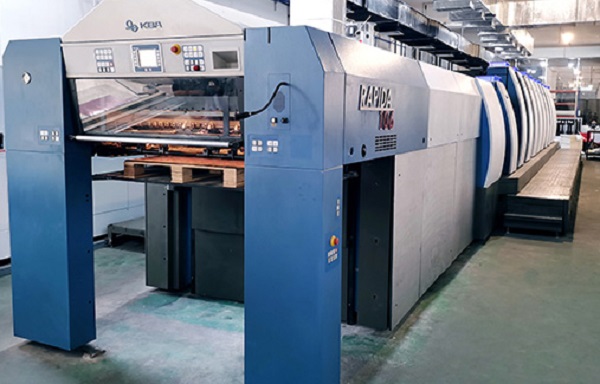You can share
- Share to Facebook
- Share to Google+
- Subscribe to our
- Share to Linkedin
- Share to Twitter

Many jewelry brands will have long-term and stable cooperation with packaging box manufacturers. Some jewelry brands have not been established for a long time, and they know little about packaging manufacturers, especially the production process of jewelry box manufacturers. The production process of jewelry box manufacturers may be due to The specific process and materials used vary, but generally include the following seven steps.
1. Design: Jewelry box manufacturers start with the design phase where they create sketches, CAD (Computer Aided Design) drawings, or prototypes of jewelry boxes. This step may involve input from jewelry designers, product engineers, and other stakeholders to ensure that the design meets the required specifications and requirements.
2. Material selection: After the design is confirmed, the jewelry box manufacturer will select the appropriate material for the production process. Commonly used materials for jewelry boxes include wood, metal, glass, plastic, and fabric. The type and quality of the material chosen will depend on the aesthetics, durability, and functionality desired for the jewelry box.

3. Cutting and forming: the selected materials are cut and formed according to the design specifications. This may involve using cutting tools such as saws, lasers, or CNC (Computer Numerically Controlled) machines to precisely shape the material into the components needed for jewelry boxes such as bodies, lids, drawers, compartments, and other decorative elements.
4. Splicing and assembling: After the materials are cut and shaped, they are spliced and assembled to form a jewelry box. This may involve techniques such as gluing, nailing, screwing, welding, or brazing, depending on the materials used and the level of durability and strength required.
5. Surface treatment: After the jewelry box components are assembled, various surface treatments may be applied to enhance its appearance and prevent wear and tear. This may include processes such as sanding, polishing, painting, varnishing, plating, or applying decorative elements such as gemstones, beads, or other ornaments.
6. Quality Control: Throughout the production process, jewelry box manufacturers usually conduct quality control checks to ensure that each box meets the required specifications, such as size, finish, function, and overall appearance. Defective or non-conforming boxes are identified and either repaired or discarded.
7. Packaging and Shipping: Finally, the finished jewelry box is packed and ready to be shipped to the customer or retailer. This may involve adding protective packaging, labeling, and arranging shipping to a designated destination.
It should be noted that the production process of jewelry box manufacturers will vary due to factors such as the scale of production, the complexity of the design, the materials used, and the specific requirements of customers. Different manufacturers may have their own unique craftsmanship and techniques for crafting jewelry boxes that meet their particular brand standards and customer expectations.